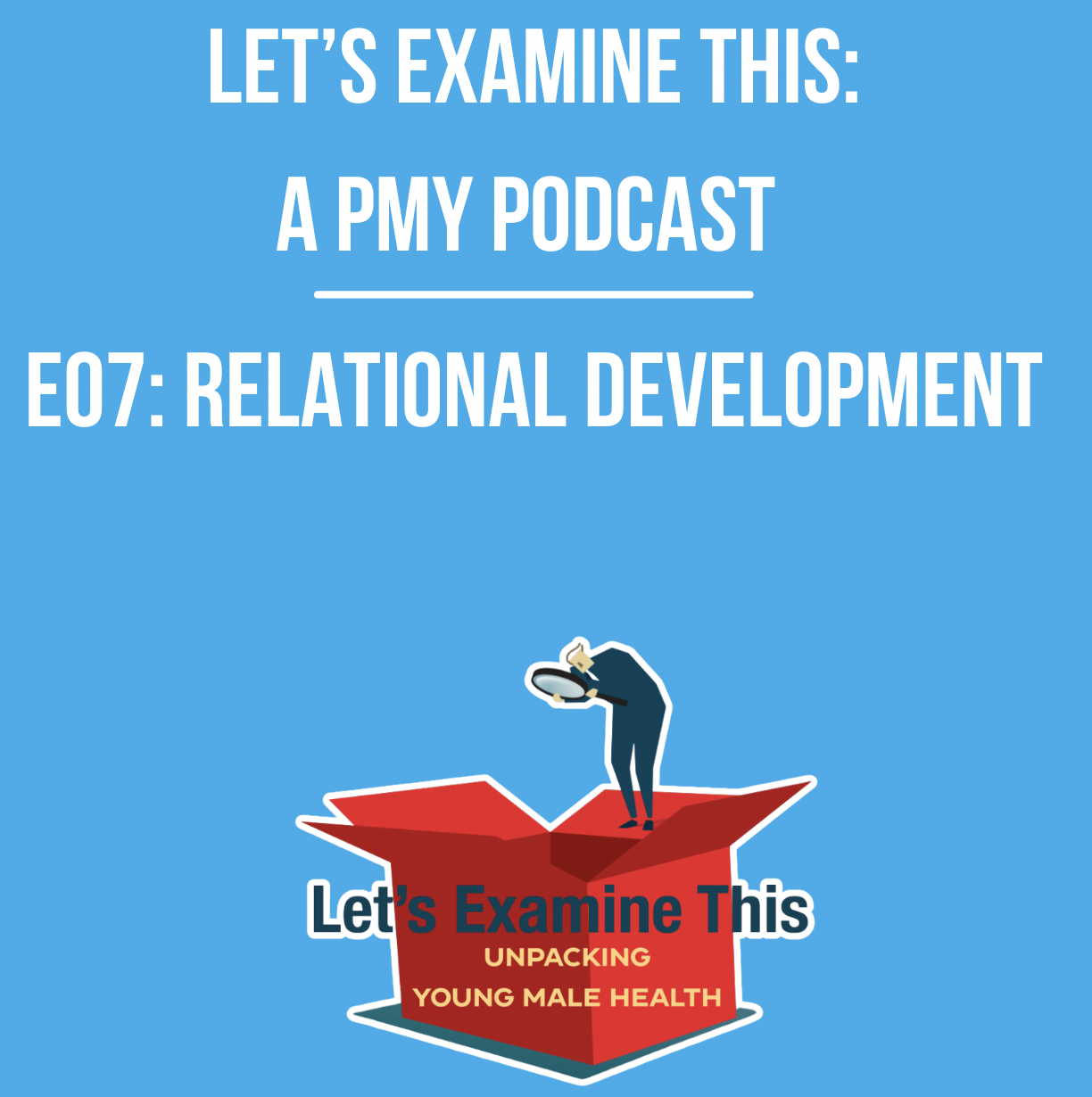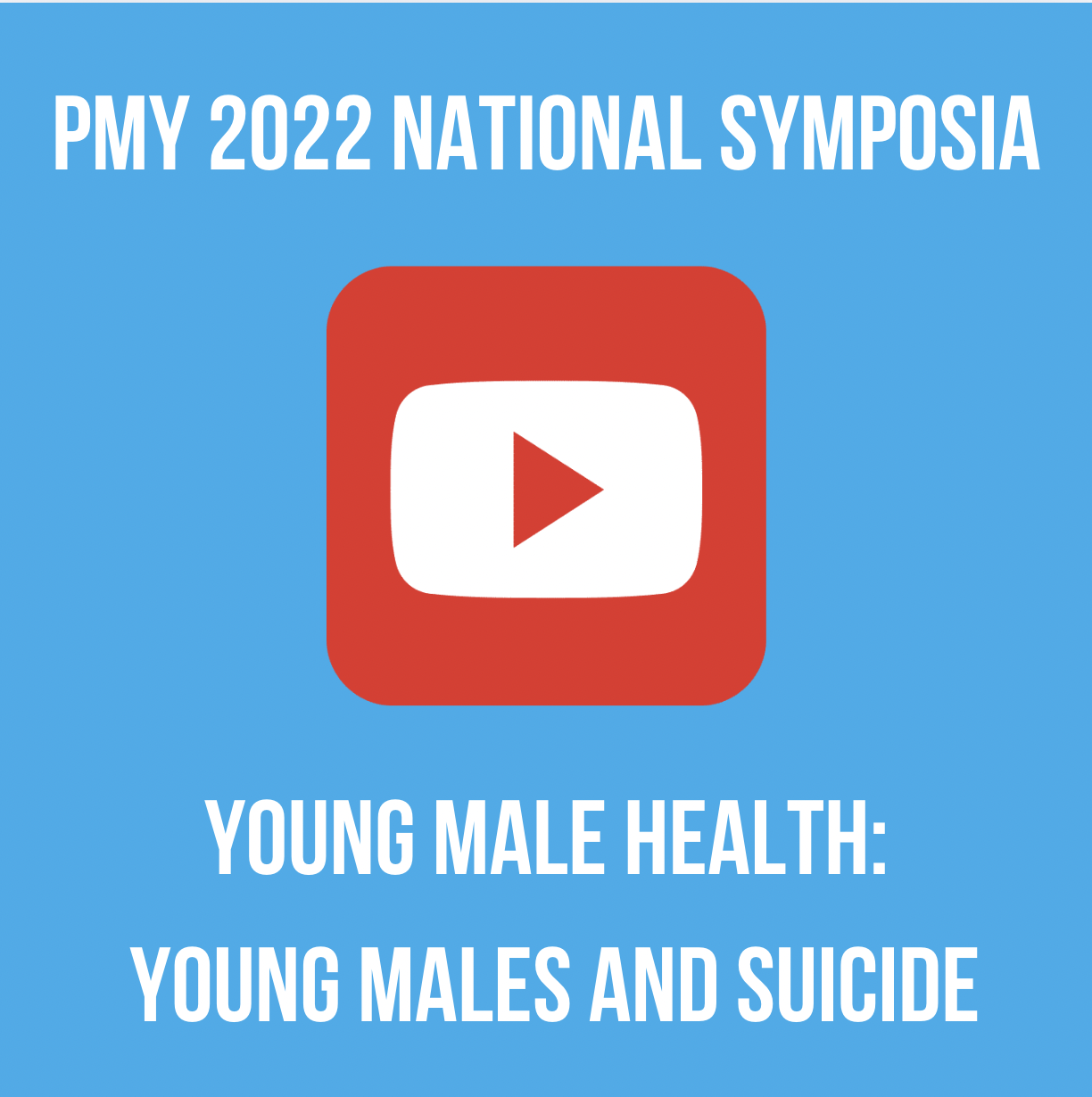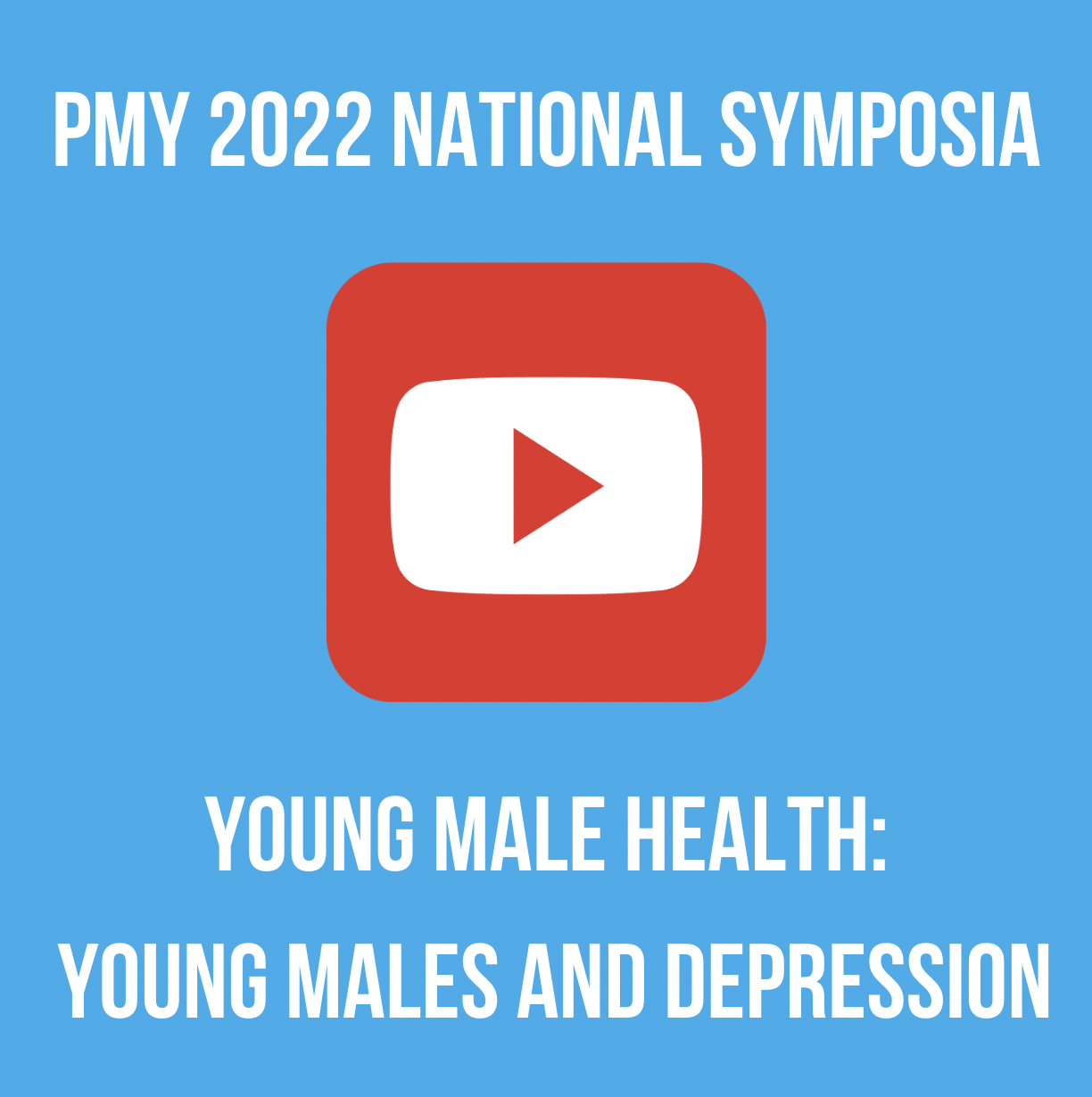Our Resources
The Partnership serves as a central resource for information on young male health. The collection below features up-to-date materials developed by national experts, offering a unique and timely library focused on the health needs of young males.
Substance Use Disorders
Substance Use Disorders:
The Basics
Substance use disorders (SUDs) are 2-3 times more prevalent among adolescent and young adult males than females, particularly in the use of alcohol, marijuana, and illicit drugs. Males are more likely to initiate substance use at an earlier age and to engage in high-risk behaviors such as binge drinking and polydrug use. They also have higher rates of substance-related hospitalizations and overdose deaths, especially involving opioids and stimulants. These patterns are influenced by a range of factors, including social norms that associate risk-taking with masculinity, peer pressure, and limited access to mental health care that could address underlying emotional distress.
In contrast, while adolescent and young adult females may have lower overall rates of substance use, they often progress more quickly from initial use to dependence and may experience more severe psychological consequences. Females are also more likely to use substances as a means of coping with trauma or mental health disorders, while males often use substances to assert independence or manage external pressures without expressing vulnerability. These gender differences underscore the importance of tailored prevention and treatment approaches that address the distinct motivations, behaviors, and barriers each group faces, with particular attention to reducing stigma around help-seeking among young males.
Fast Facts:
Substance Use Disorders
Sexual and Reproductive Health
Sexual and Reproductive Health: The Basics
Adolescent and young adult males experience higher rates of certain sexual health disorders compared to their female counterparts, particularly in the context of sexually transmitted infections (STIs) such as HIV, gonorrhea, and syphilis. Biological, behavioral, and social factors contribute to these disparities: males, especially those who have sex with males (MSM), face significantly higher HIV infection rates, and young men are more likely to engage in unprotected sex or delay seeking sexual health care. Additionally, limited engagement with routine health services reduces opportunities for screening, prevention, and education. Compounding these issues are social norms that discourage open discussions about male sexual health and perpetuate misinformation, leaving many young men without the knowledge or tools to make informed decisions about their sexual well-being.
Addressing male sexual health also requires a focus on the broader context of sexual consent, gender identity, and sexual orientation. Young males often receive inconsistent or inadequate education about consent, which can lead to confusion about personal boundaries and respectful sexual behavior. Furthermore, adolescent and young adult males who identify as LGBTQ+ face additional risks and stigma, including higher rates of discrimination and barriers to care. Promoting inclusive, comprehensive sexual education that affirms diverse gender and sexual identities while emphasizing the importance of mutual consent is essential for reducing risk and fostering healthy, respectful relationships among all youth.
Fast Facts:
Sexual and Reproductive Health
Coffee Break Chat:
HPV: A Conversation
Coffee Break Chat:
HPV: Vaccine Hesitancy
Violence and Trauma
Violence and Trauma:
The Basics
Adolescent and young adult males experience violence and trauma at high rates, though often in different forms than females. Young males are more likely to be exposed to community violence, physical assaults, gang-related activity, and incarceration, and they are disproportionately affected by homicide—the leading cause of death among Black adolescent males in the U.S. While females more commonly report sexual and domestic violence, males are often subject to chronic exposure to external threats and may be socialized to suppress emotional responses, making their trauma less visible. Additionally, stigma around male vulnerability and a lack of culturally responsive support services can lead to underreporting and untreated trauma, contributing to long-term effects such as aggression, substance abuse, and mental health disorders.
Healing from these hardships requires creating environments that normalize emotional expression, foster connection, and provide trauma-informed care tailored to the male experience. Peer support groups, mentoring relationships, culturally competent counseling, and programs that promote resilience and emotional literacy can help young males process trauma constructively. It is also vital to challenge harmful stereotypes about masculinity that equate strength with silence, and instead promote models of manhood that embrace empathy, communication, and self-care. By supporting adolescent and young adult males in recognizing and addressing trauma, communities can reduce cycles of violence and create healthier pathways to adulthood.
Fast Facts:
Violence and Trauma
Let’s Examine This:
Healing From
Hardships
What can we do to ensure that young males thrive in the face of adversity, and what can parents and other caregivers do to support young males at risk? Our guests also discuss the importance of creating communities of caring for young males, and the role of the clinician in that effort.
Let’s Examine This:
Boys of Color and Environmental Inequity
What are the environmental risks that boys of color face? What are the strengths and assets that boys of color have, and how do they relate to the betterment of society? What can we learn from what communities of color do to heal?
Sexuality
Sexuality:
The Basics
Adolescent and young adult males navigate a complex landscape when it comes to understanding and expressing their sexuality. During this critical period of development, they are often influenced by societal expectations around masculinity, which can promote stereotypes that equate manhood with dominance, emotional detachment, and sexual conquest. These narrow gender norms can discourage open conversations about vulnerability, identity, and emotional connection, leaving young males ill-equipped to form healthy, respectful relationships. Queer adolescent and young adult males, in particular, may face additional challenges—such as stigma, discrimination, and lack of representation—which can intensify feelings of isolation or confusion as they explore their identities.
At the same time, efforts to promote gender equity and affirmative consent provide an important framework for adolescent and young adult males—including those who are queer—to better understand their role in fostering respectful and reciprocal relationships. Learning about consent as an ongoing, enthusiastic, and mutual agreement helps challenge outdated power dynamics and encourages a more ethical and inclusive view of sexuality. Comprehensive, affirming sexual education that addresses diverse sexual orientations and gender identities can help young males, queer or straight, develop confidence, empathy, and clarity in their relationships. By embracing inclusive approaches to sexuality, we not only support the well-being of all young males but also build a broader culture of acceptance, respect, and dignity.
Let’s Examine This:
Gender and Sexuality
What is the difference between gender and sexuality, and what are the permutations of each of those? How can a parent or caregiver best support a young person who is a sexual or gender minority? How can they find healthcare for them, and how can they encourage them to be as they are and to thrive?
Let’s Examine This:
Gender Equity and Consent
How do you imbue, in young males, respect for women and girls as well as the range of gender identities that are recognized today? What is at the root of that, and how do we start conversations about it with young males? What does the role of sexuality, and sexual awareness, play in the equation?
Body Image and Eating Disorders
Body Image and Eating Disorders:
The Basics
Body image concerns and eating disorders among adolescent and young adult males are increasingly recognized as significant but underdiagnosed issues. While eating disorders such as anorexia nervosa, bulimia nervosa, and binge eating disorder have traditionally been associated with females, studies now show that males account for approximately one in four cases. Among males, these disorders often manifest differently: instead of a drive for thinness, there is frequently a focus on achieving a lean and muscular physique, sometimes referred to as “muscle dysmorphia.” This condition, considered a subtype of body dysmorphic disorder, can lead to compulsive exercise, restrictive dieting, and supplement or steroid abuse. Despite the growing prevalence, eating disorders in males are often overlooked due to gender stereotypes, lack of awareness among providers, and stigma that discourages young men from seeking help.
In contrast, adolescent and young adult females with eating disorders are more commonly identified due to a longer-standing clinical focus and more overt symptom expression. Females are more likely to exhibit behaviors aligned with traditional diagnostic criteria, such as extreme calorie restriction and purging, and they are more often motivated by a culturally reinforced ideal of thinness. The visibility of these behaviors, combined with societal readiness to associate eating disorders with females, often leads to earlier detection and intervention. Males, however, may go undiagnosed for longer periods, partly because their symptoms are framed around performance and masculinity rather than weight loss per se. These gendered differences in manifestation, motivation, and recognition point to a critical need for more inclusive diagnostic criteria, awareness campaigns, and treatment models that reflect the full spectrum of disordered eating behaviors across genders.
Fast Facts:
Body Image and Eating Disorders
PMY National Symposia:
Body Image and Eating Disorders
Mental Health
Mental Health:
The Basics
Adolescent and young adult males experience higher rates of certain mental health disorders compared to their female peers, particularly in areas such as attention-deficit/hyperactivity disorder (ADHD) diagnosis, completed suicide, and difficulties with relational health. ADHD is diagnosed in males at a significantly higher rate, with estimates showing that boys are two to three times more likely than girls to be diagnosed during adolescence. This discrepancy is often attributed to more overt hyperactive or disruptive behavior seen in males, which draws clinical attention, while girls may present with less noticeable symptoms. In terms of suicide, young males represent a critical at-risk population: while adolescent females attempt suicide more frequently, adolescent and young adult males die by suicide at up to four times the rate of adolescent and young adult females due to the use of more lethal means and a reluctance to seek help. This gender disparity in fatal outcomes highlights a deep gap in mental health detection and intervention for males.
In addition to ADHD and suicide, depression in young males is often underrecognized and underdiagnosed due to social stigma and traditional masculine norms that discourage emotional expression and help-seeking behavior. As a result, depressive symptoms may manifest in less typical ways—such as irritability, substance use, or risk-taking behaviors—leading to missed or delayed diagnoses. Relational health, encompassing the ability to form and maintain healthy interpersonal relationships, also presents a unique challenge for many adolescent and young adult males. Social expectations that limit emotional vulnerability can hinder the development of intimate friendships or supportive peer connections, contributing to isolation and emotional distress. These relational struggles, combined with poorly addressed internalizing symptoms, increase the likelihood of mental health deterioration in young males and underscore the need for targeted interventions that address gender-specific barriers to care.
Fast Facts:
Mental Health
Let’s Examine This:
ADHD
What does ADHD look like and how do young males live with it and, in fact, thrive with it? Today we talk with Dr. Roberto Olivardia and Dr. Ari Tuckman, experts in diagnosing and treating ADHD, about the signs of ADHD in young males, how to successfully address it and how it can be a gift when managed properly. Let's Examine ADHD and young males together!
Let’s Examine This:
Relational Development
What is relational health, and what can parents and others do to advance it in young males? How important are intimate friendships for young males? How do norms of masculinity interfere with young males’ ability to form intimate friendships? How does relational health impact the ability to learn? How does relational health impact both physical and mental health?


















